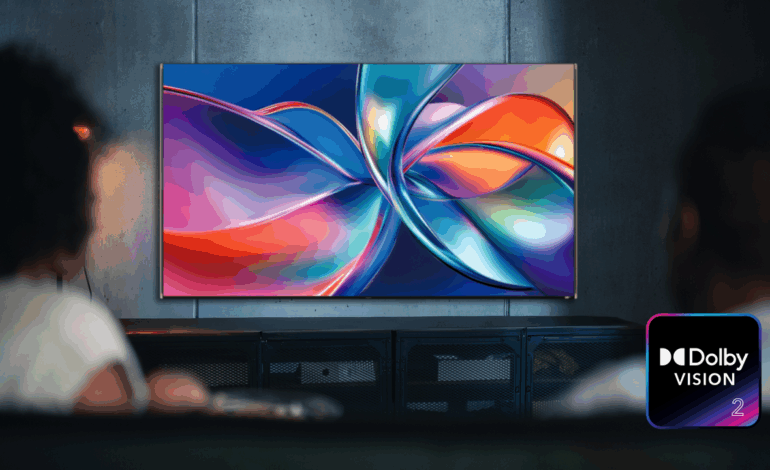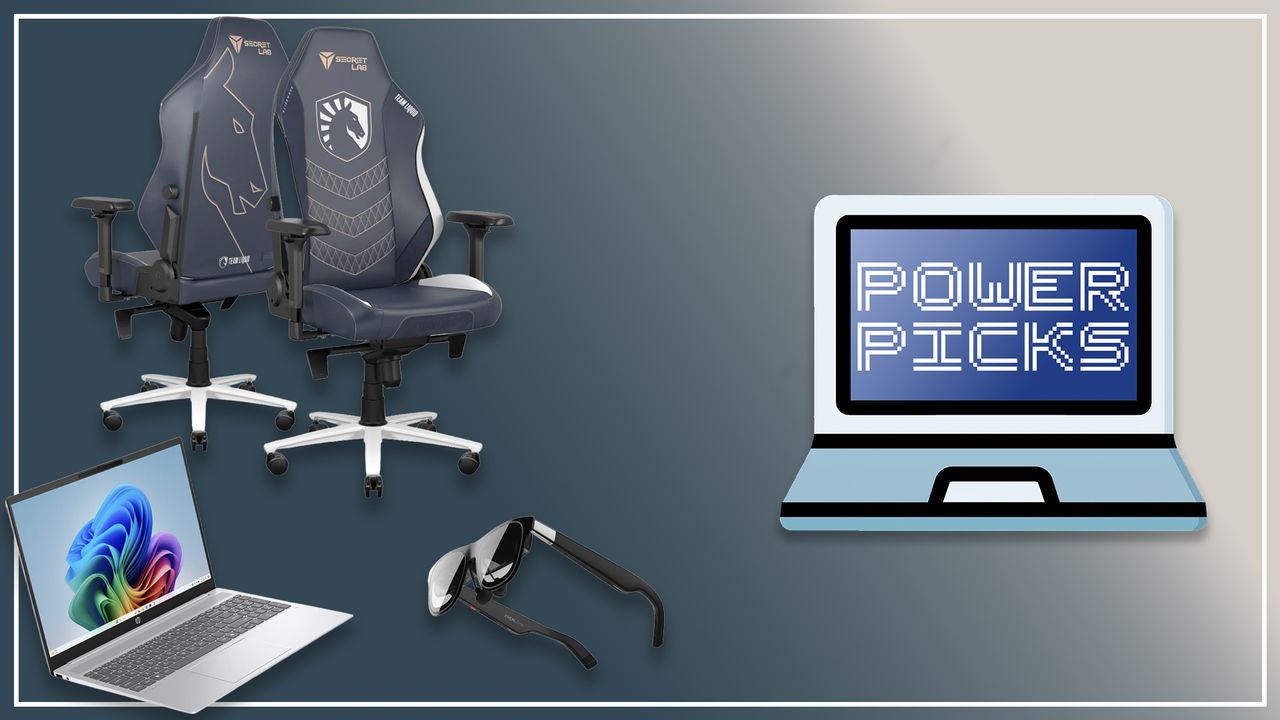Is Dolby Vision HDR Essential for Your Next TV Purchase?

As consumers consider their next television purchase, the question of whether Dolby Vision HDR is a critical factor has emerged. In a recent inquiry, readers are being asked to share their opinions on the significance of this feature when selecting a new TV. With numerous aspects to evaluate—including screen size, brand, connectivity options, panel type, sound quality, and gaming features—Dolby Vision compatibility adds another layer to the decision-making process.
Dolby Vision stands out as one of the most recognized formats of High Dynamic Range (HDR). HDR technology enhances the contrast of a television, allowing for a more significant difference between the brightest and darkest parts of the picture. The greater the contrast, the more detail viewers can discern across the entire image. Dolby Vision improves upon standard HDR by continuously optimizing how HDR content is displayed in real-time, resulting in a more accurate picture that enhances the overall viewing experience. This technology also grants creators more control over how their content appears on screen, striving to reflect the director’s original vision.
While Dolby Vision is widely acclaimed, other HDR formats exist that may influence consumer choices. The most prevalent alternative is HDR10, which is an open standard available to manufacturers without licensing fees. Though HDR10 enhances picture quality, it does not match the capabilities of Dolby Vision. Another variant, HDR10+, similarly employs dynamic metadata to improve HDR images frame-by-frame, offering a closer comparison to Dolby Vision. Additionally, Hybrid Log Gamma (HLG) is utilized primarily by television broadcasters.
Looking ahead, Dolby Vision 2 is anticipated to further advance HDR technology. Many top-tier televisions currently incorporate Dolby Vision, including models like the LG C5, TCL C6KS, Panasonic TV-48Z90B, and Sony Bravia 8 II. The question remains: is Dolby Vision a feature that consumers actively seek, or is it merely an attractive bonus? Given the variety of HDR options available, is it justifiable for manufacturers to incur licensing costs to implement Dolby Vision?
Consumer experiences with Dolby Vision vary widely. Some users report disappointment with implementations of the technology, while others may struggle to perceive significant differences between Dolby Vision and standard HDR. Conversely, numerous enthusiasts advocate for Dolby Vision as the superior HDR format, praising its enhancements.
The ongoing discussion invites readers to share their thoughts and experiences with Dolby Vision. Insights gathered will be compiled over the coming month to create a comprehensive feature reflecting diverse opinions on this topic. Contributions are welcome through the comments section of the article, on social media platforms, or directly on community forums.
In addition to this inquiry, consumers interested in exploring TV options can refer to recommendations for the best OLED TVs and top-rated 65-inch models that have undergone rigorous testing, particularly for gaming.






